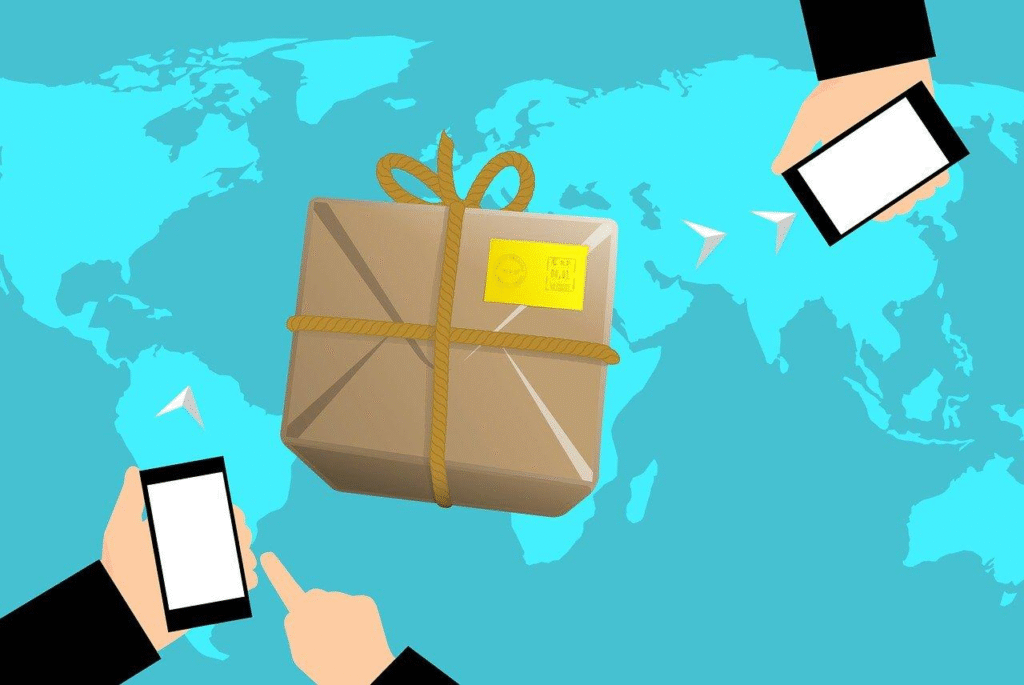
Image source: Pixabay
Building a sanctions-safe import workflow is more than a legal requirement. It is a smart business move for SMEs navigating international trade. Import restrictions are evolving, and non-compliance can result in hefty fines or disrupted operations.
Small and medium-sized businesses can stay ahead of these challenges by adopting practical tools and controls to create a workflow that is both compliant and efficient.
This guide explores actionable steps, from supplier attestations to HS code mapping, with real-world examples. Read along for more.
Utilize Automated Screening Tools
Automated screening tools help businesses ensure suppliers and transactions comply with current sanctions. These systems check supplier names, locations, and transactions against updated sanctions lists, reducing the risk of errors.
For SMEs, this means less time spent manually reviewing regulations and more confidence in meeting compliance standards. Tools like Dow Jones Risk & Compliance or Descartes Visual Compliance offer customizable features for screening based on industry needs.
Integrating these tools into your workflow saves time and provides a safeguard against unintentional violations.
Implement Proof-of-Origin Controls
While automated screening tools verify sanctions compliance, proof-of-origin controls address the source of imported goods. Verifying where items are manufactured or sourced ensures they do not originate from restricted regions or sanctioned entities.
Documents such as certificates of origin or supplier declarations help confirm compliance with trade regulations. To minimize errors, establish clear requirements for proof-of-origin documentation during supplier onboarding. For instance, requiring digital submissions reduces the risk of misplaced or incomplete records.
Ensure Supplier Attestations Are Verified
Another critical step is requiring and verifying supplier attestations to confirm compliance with sanctions. Suppliers should provide written assurances that their operations and supply chains adhere to international trade regulations.
These attestations serve as an added layer of protection, complementing proof-of-origin controls. Verification processes, such as cross-referencing supplier statements with screening tools, strengthen trust and accuracy. Establish a standard template for attestations and conducting periodic reviews to help avoid missteps while maintaining strong supplier relationships.
Track Chain-of-Custody for Goods
Supplier attestations are strengthened when paired with chain-of-custody tracking. This practice documents every stage of a product’s journey, from its origin to its final destination, ensuring transparency throughout the supply chain.
Using tools like blockchain or cloud-based platforms can make this process efficient and reliable. These systems provide tamper-proof records that verify compliance at every step. Clear chain-of-custody records not only safeguard against sanctioned materials but also demonstrate due diligence during audits or investigations.
Document Exemptions for Legacy Goods
The last step focuses on managing exceptions, such as legacy items that remain permissible under certain conditions. The U.S. Treasury’s Office of Foreign Assets Control (OFAC) has outlined specific guidelines for exemptions.
“In these new guidelines, diamonds can still enter U.S. markets if they were purchased before the sanction cut-off dates, even if their origins trace back to Russia,” says OFAC.
To navigate such cases, maintain detailed records, including purchase dates and supporting documentation like invoices or supplier declarations. Self-certification is often sufficient, but be prepared to provide evidence during customs checks to avoid delays or penalties.
Final Thoughts
Creating a sanctions-safe import workflow in 2025 requires careful planning and robust tools. From screening to managing exceptions, every step reinforces compliance and reduces risk. Diligent documentation and proactive controls safeguard your business while ensuring smooth global trade operations.




